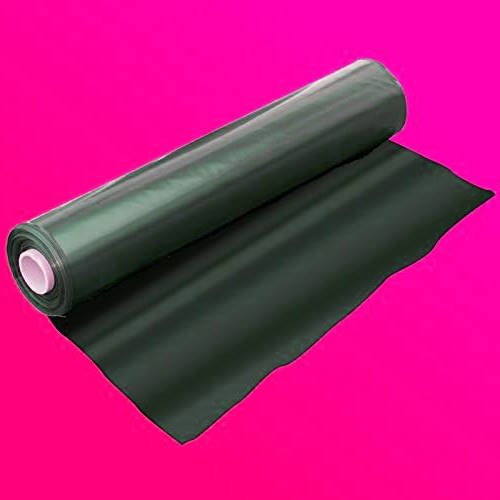Activated carbon paper is a filter material made from activated carbon or activated carbon fibers and paper using a special technology. It performs the functions of activated carbon adsorption and particle filtration, and can be adapted to machining such as rolling or folding.

Using Activated Carbon Paper
Suitable for water purification with spiral type filter element, removing excess chlorine, organic matter and discoloration. Collapsible air purifier, deodorant and more.
Activated carbon paper is a new product widely used in various industries. It is a composite of activated carbon and paper fibers.
This product is of particular interest due to its high surface absorbency, flexibility, and ease of use in a wide range of applications. In this article, we will look at the applications, benefits, and production methods of activated carbon paper.
1. Introduction to Activated Carbon Paper
Activated carbon paper is produced by adding activated carbon to paper fibers. Due to its porous structure and large internal surface area, activated carbon is able to adsorb a wide range of contaminants.
2. Use activated charcoal.
Activated carbon paper is widely used in various industries due to its unique properties. Here are some of the main applications of this product:
2.1 Air purification
Activated carbon paper is used in air filters to absorb toxic gases, unpleasant odors, and fine particles. This product is also applied in air conditioning systems, respirators, and automotive filters.
2.2 Water purification
Activated carbon paper is used in water filters to remove chlorine, organic matter, heavy metals, and odors. This product is used in domestic and industrial water treatment systems.
23. Food industry
Activated carbon paper is used in food packaging to absorb odors and moisture, extending the shelf life of products. This product is also used in filters in the beverage and edible oil industries.
2.4. Pharmaceutical industry
Activated carbon paper is used in the packaging of medicines and pharmaceutical raw materials to absorb moisture and contaminants. In addition, this product is used in filters used in pharmaceutical manufacturing.
2.5 Atmosphere
Activated carbon paper is used in filters that absorb pollutants from the air and groundwater. This product is applied in environmental protection and industrial wastewater treatment projects.
3. Benefits of Activated Carbon Paper
3.1. High degree of surface absorption
Activated carbon paper has the ability to absorb various pollutants due to its activated carbon content. This property makes it highly effective for air and water purification.
3.2. Flexibility and ductility
Activated carbon paper is highly flexible and durable due to its strong adhesion to paper fibers. This property makes it easily applicable for a variety of filtration and packaging purposes.
3.3. Lightweight and easy to carry.
Activated carbon paper is lightweight and easy to carry, making it easy to use in a variety of applications.
3.4. Recyclability
Activated carbon paper is recyclable because it binds to paper fibers, making the product more environmentally friendly.
4. Production Method of Activated Carbon Paper
The production process of activated carbon paper involves several steps, which we will describe below:
4.1. Raw material preparation
The raw materials needed to produce activated carbon paper include paper fibers and activated carbon. Paper fibers are typically made from natural resources, such as wood or recycled paper. Activated carbon can also be derived from a variety of sources, including coal, coconut shells, and agricultural waste.
4.2. Mixed Raw Materials
At this stage, the paper fibers are mixed with activated carbon in a certain proportion. The mixture should be such that the activated carbon is evenly distributed over the paper fibers.
4.3. Forming a sheet of paper
The mixture of paper fibers and activated carbon is transferred to a paper machine, where the mixture is formed into flakes and then dried.
4.4. Final payment
After drying, the activated carbon undergoes final processing , which includes cutting the sheets to the required sizes and packing them.
5. Challenges of Activated Carbon Paper Production
5.1. Uniform distribution of activated carbon
One of the main challenges in the production of activated carbon paper is the uniform distribution of activated carbon across the paper fibers. Uneven distribution reduces the efficiency of the final product.
5.2 Quality control
The quality control of activated carbon paper requires precise equipment and methods, which increases production costs.
5.3. Production costs
The production of activated carbon paper requires a significant initial investment, including the purchase of equipment, raw materials and human resources.
6. Conclusion
Activated carbon paper is one of the most innovative and widely used products in various industries due to its high surface absorption properties, flexibility, and ease of use in various fields. This product is used for air and water purification, as well as in the food, pharmaceutical, and environmental industries Raw material preparation, material mixing, paper forming and finishing. Despite challenges such as the uniform distribution of activated carbon and production costs, activated carbon paper has attracted a lot of attention as an efficient and environmentally friendly product. Ultimately, the production of activated carbon paper contributes to reducing pollutant emissions and improving the quality of the environment.